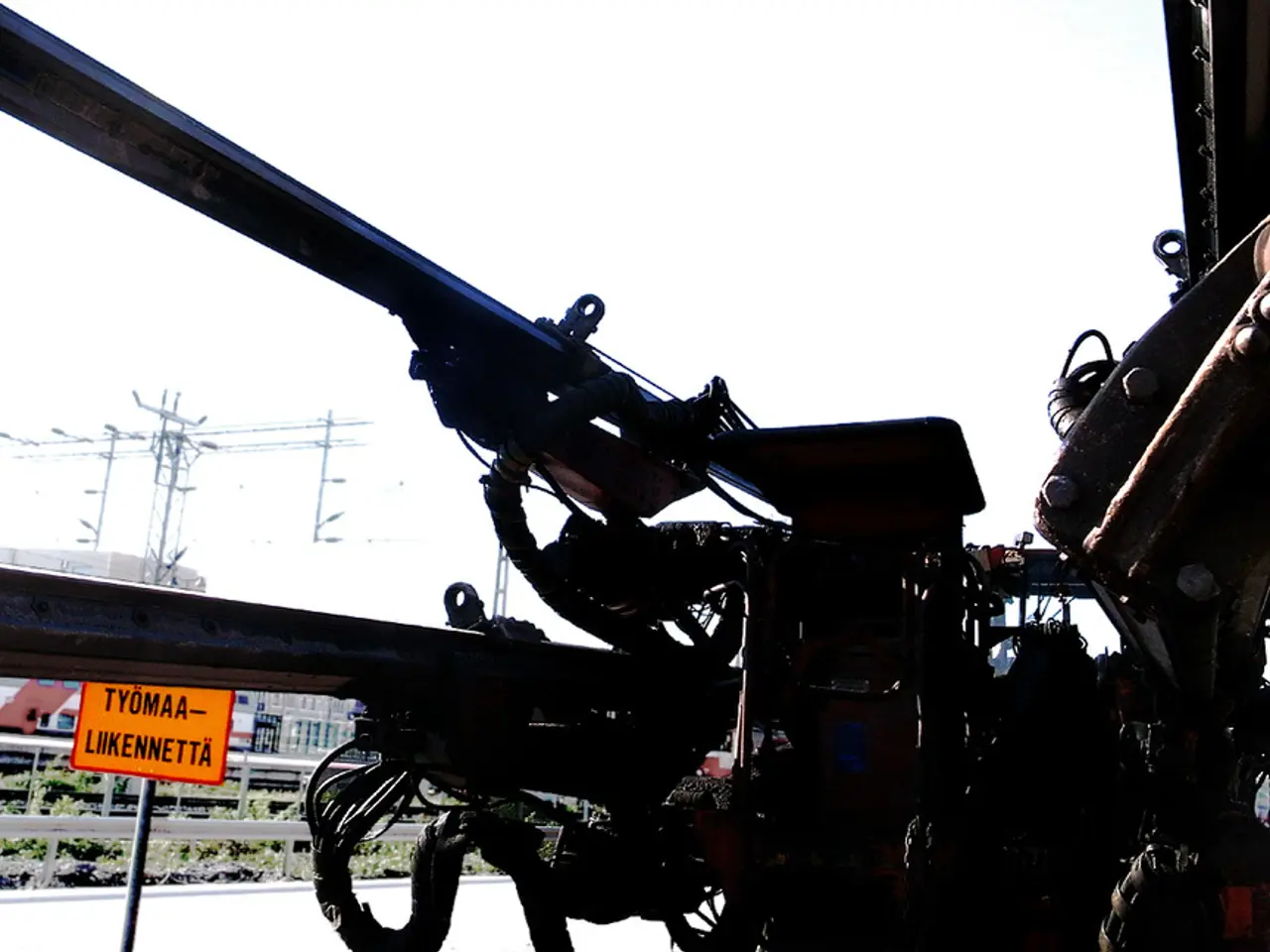Industrial Internet of Things (IIoT) Power Management Strategies
In the ever-evolving world of technology, the focus on energy efficiency and sustainability is more critical than ever. This is particularly true in the realm of Industrial Internet of Things (IIoT) systems, which operate in harsh and remote industrial settings. These systems face power-related challenges such as voltage fluctuations, temperature extremes, and limited power infrastructure.
The best practices and advancements in power management for IIoT systems in such environments emphasise energy efficiency, predictive maintenance, automated load management, and resource-aware system design.
One of the key elements is energy monitoring and smart metering. IIoT systems utilise smart meters that offer detailed, real-time insights into energy consumption across machines and processes. This allows for the identification of high energy users and optimal scheduling of machine operations to reduce consumption, especially by shifting loads from peak to off-peak hours.
Predictive maintenance is another crucial aspect. Advanced IIoT systems implement predictive maintenance algorithms that use streaming sensor data to forecast equipment failures before they happen. This reduces unplanned downtime and allows energy to be conserved by avoiding inefficient machine operation or emergency repairs.
Automation and control are also integral to efficient power management. IIoT devices enable automated start/stop controls, dynamic adjustment of HVAC and lighting based on occupancy or operational schedules, and shutting down idle machines. These actions directly optimise power use without manual intervention.
Resource-conscious design is essential in IIoT devices that often operate in resource-constrained environments. Best practices include the use of lightweight, energy-efficient encryption, data compression, and edge computing to minimise energy consumption and communication overhead while maintaining security and performance.
Leveraging machine learning and data analytics, IIoT systems can continuously refine energy use patterns, optimise load balancing, and forecast demand, enabling smarter energy use tailored to specific industrial conditions and harsh environments.
Robustness to harsh conditions is another crucial factor. IIoT devices and their power management systems incorporate rugged hardware designs and energy-efficient protocols to ensure reliable operation with minimal maintenance in extreme temperatures, dust, vibrations, and moisture.
In summary, advances in power management for IIoT systems combine real-time energy monitoring, predictive algorithms, automated energy control, and resource-efficient computing tailored for harsh conditions. This results in reduced energy costs, improved equipment reliability, and a lower environmental impact.
The future of IIoT devices will see the adoption of ultra-efficient chips, AI-driven power regulation, and advanced energy harvesting methods. Efficient power management will drive productivity, safety, and sustainability in the background as Industrial IoT continues to evolve.
However, ensuring continuous operation without power-related failures in IIoT systems can be complex, especially when devices are deployed across wide areas or on moving machinery. Power systems in industrial settings must meet safety and security standards, including surge protection, temperature monitoring, and secure power access control.
Energy harvesting is a promising advancement in IIoT power solutions, allowing devices to generate power from environmental sources like sunlight, vibrations, heat, or electromagnetic fields. Intelligent power monitoring tools track real-time energy consumption across devices and locations, aiding in performance optimisation, fault detection, and predictive maintenance.
IIoT systems rely on interconnected sensors, actuators, and controllers, but their efficiency and reliability depend on effective power management. As IIoT applications continue to transform various industries, including manufacturing, logistics, energy, and agriculture, the importance of power management in IIoT systems cannot be overstated.
References:
[1] "Smart Energy Management for Industrial IoT Systems." (2021). Retrieved from https://www.industrytoday.com/cybersecurity/article/smart-energy-management-for-industrial-iot-systems
[2] "Power Management in IoT Devices." (2020). Retrieved from https://www.electronics-today.com/articles/power-management-in-iot-devices/
[3] "Energy Efficiency in Industrial IoT." (2019). Retrieved from https://www.forbes.com/sites/forbestechcouncil/2019/06/18/energy-efficiency-in-industrial-iot/?sh=6e3a6d945526
[4] "AI and IIoT: A Powerful Combination for Energy Efficiency." (2020). Retrieved from https://www.forbes.com/sites/forbestechcouncil/2020/07/07/ai-and-iiot-a-powerful-combination-for-energy-efficiency/?sh=44598df33850
[5] "Predictive Maintenance in IIoT: A Game Changer for Energy Efficiency." (2021). Retrieved from https://www.forbes.com/sites/forbestechcouncil/2021/01/26/predictive-maintenance-in-iiot-a-game-changer-for-energy-efficiency/?sh=57c750253e25
The text emphasizes the importance of energy monitoring and smart metering, as IIoT systems utilize smart meters to track energy consumption across machines and processes, enabling the identification of high energy users and optimal scheduling of machine operations to reduce consumption.
Another crucial aspect is predictive maintenance, with advanced IIoT systems implementing predictive maintenance algorithms that use streaming sensor data to forecast equipment failures before they happen, reducing unplanned downtime and conserving energy.




